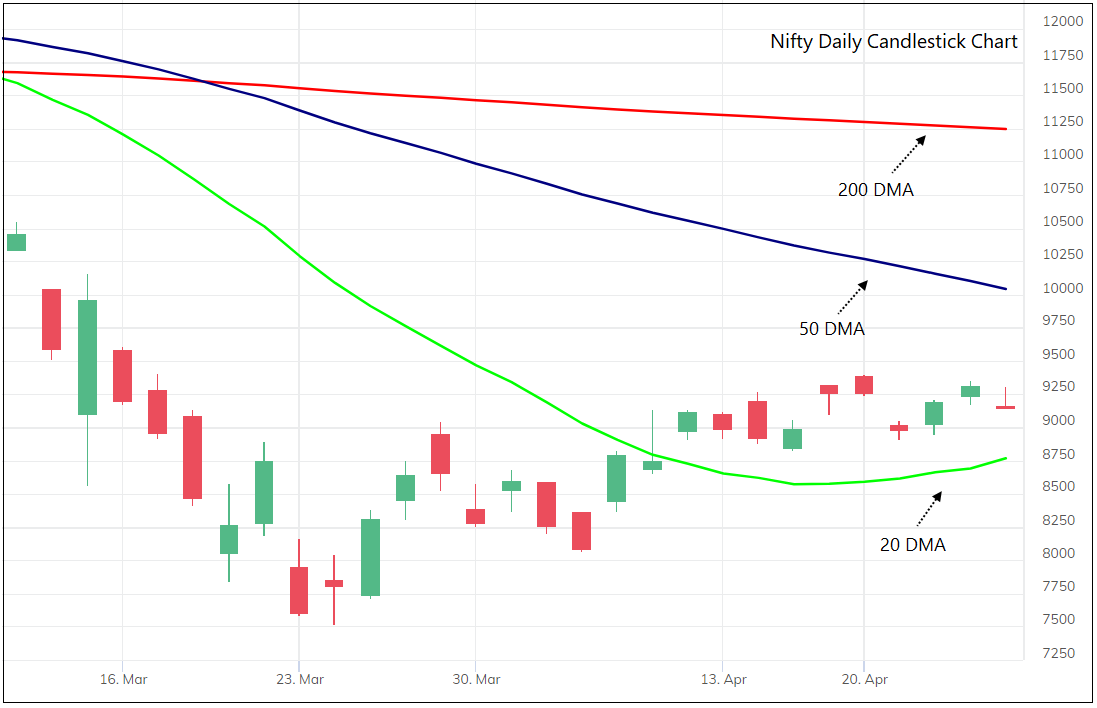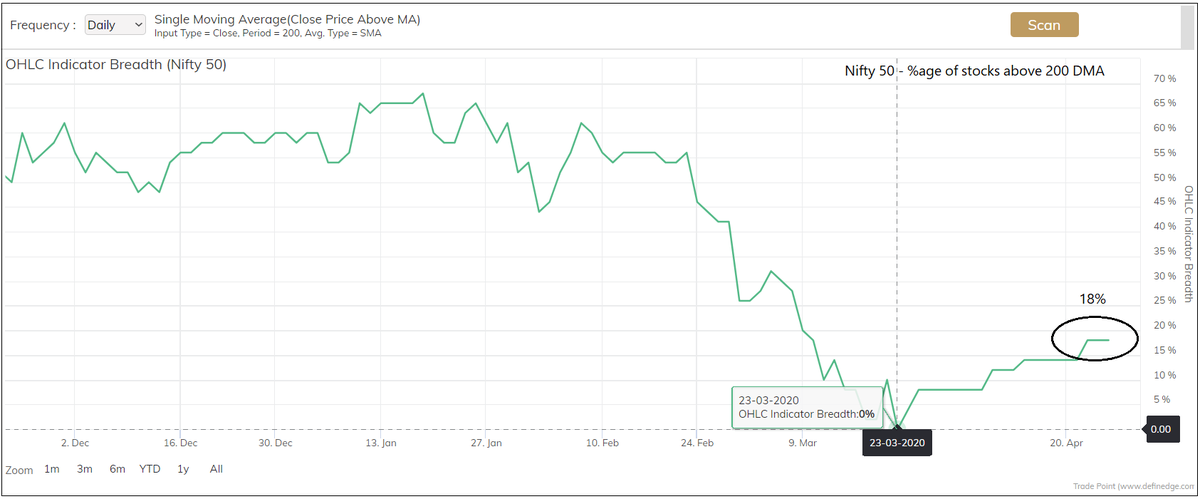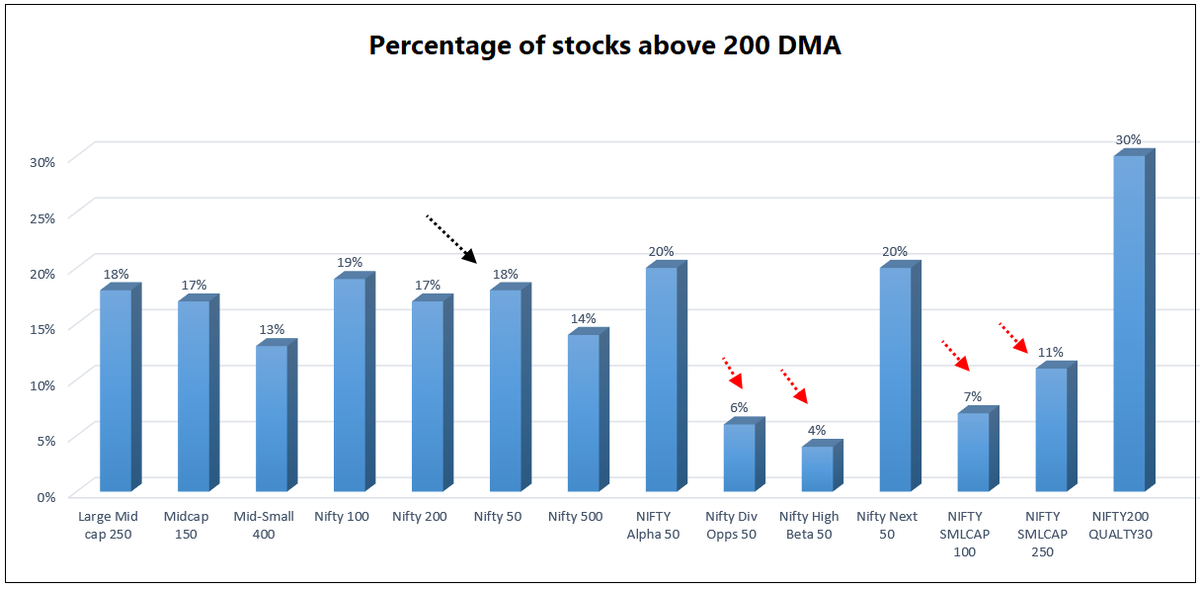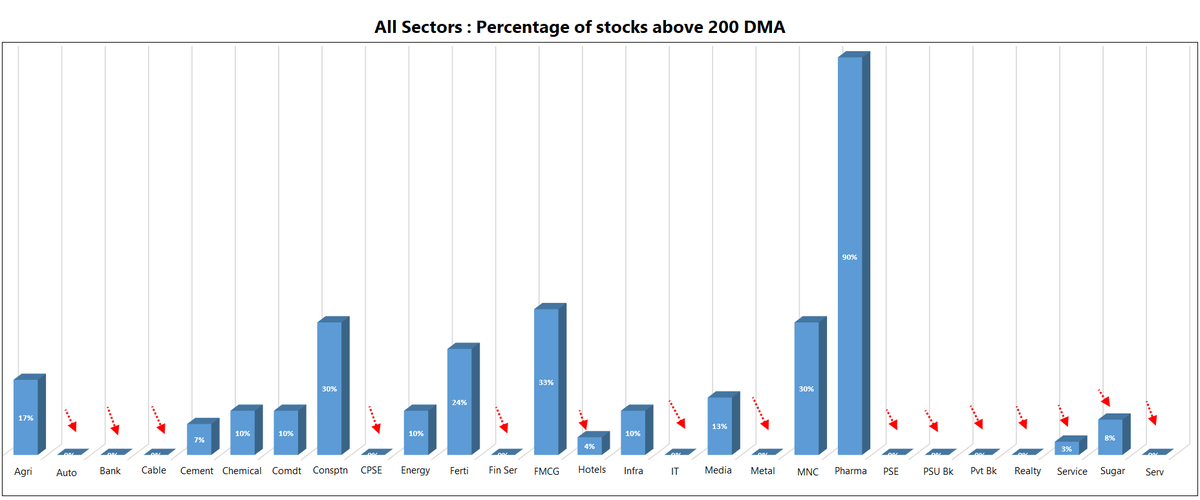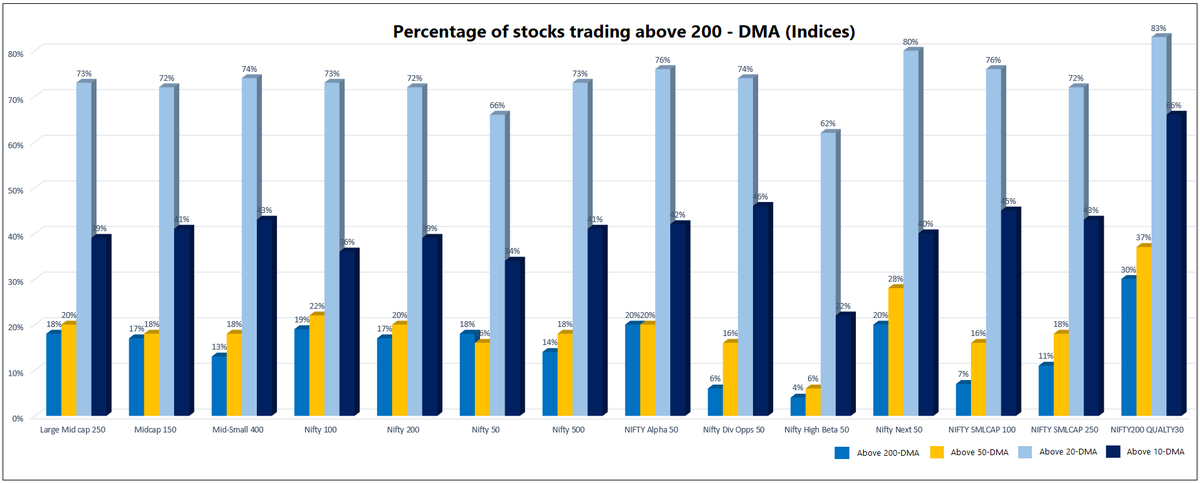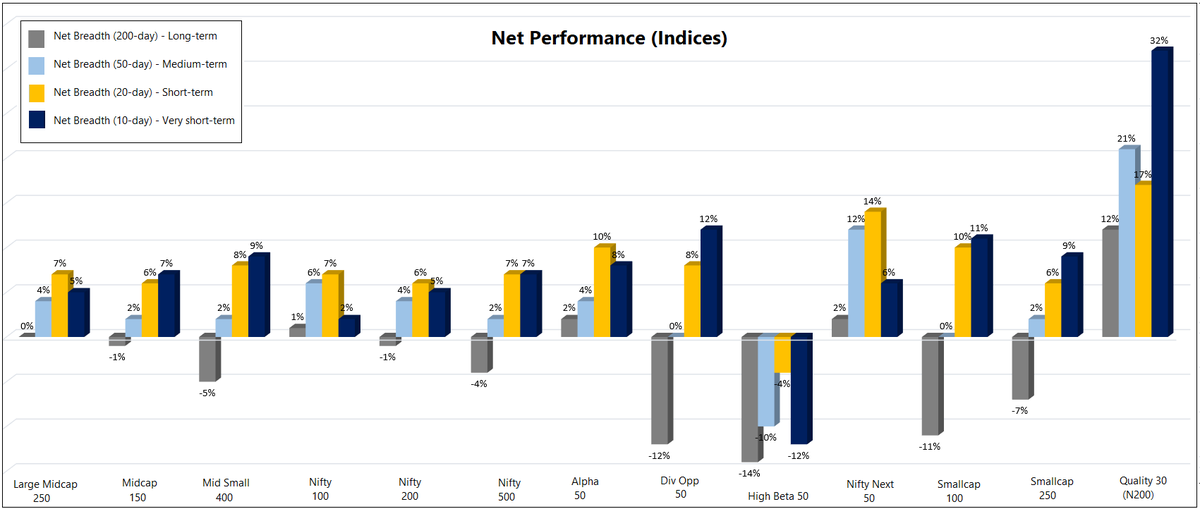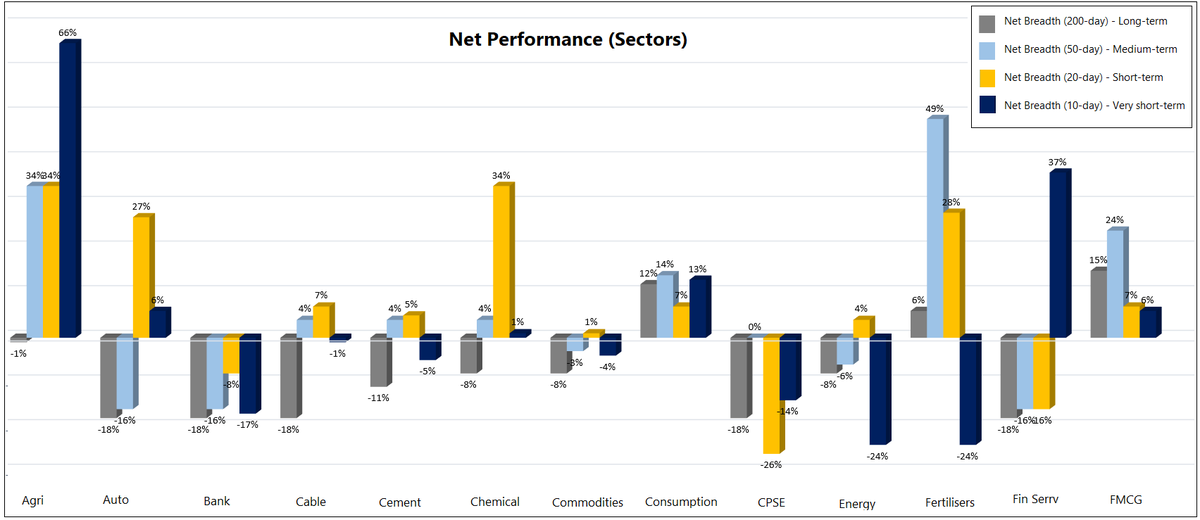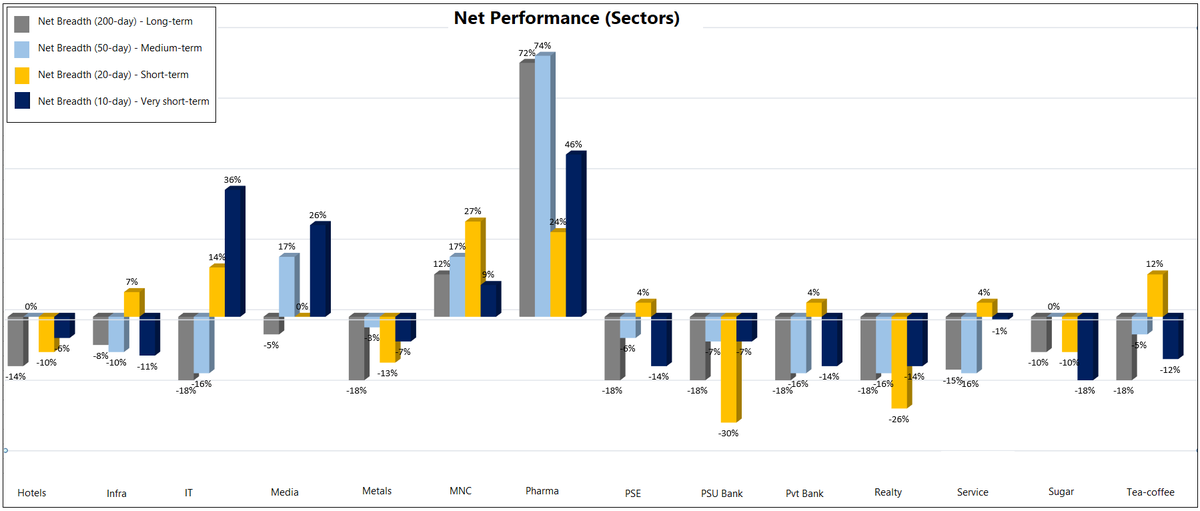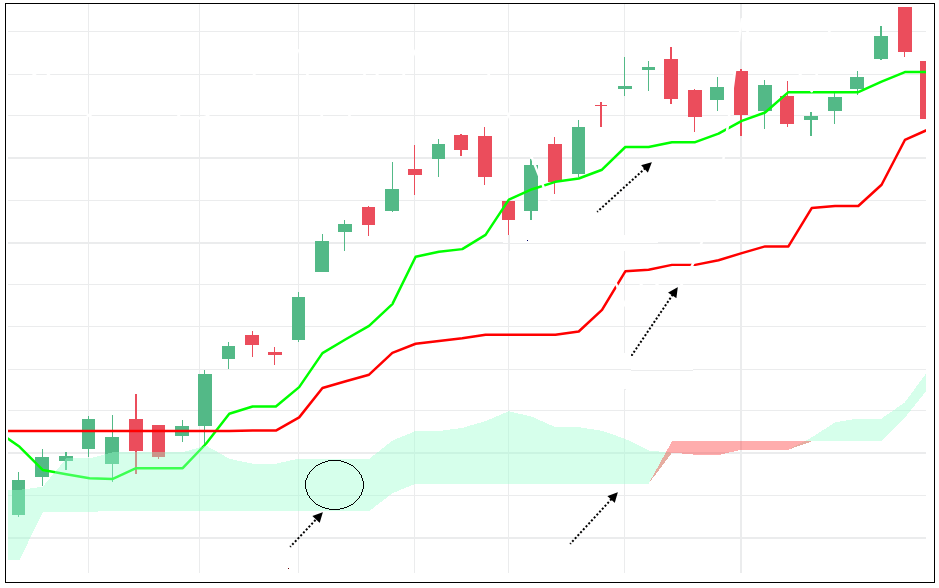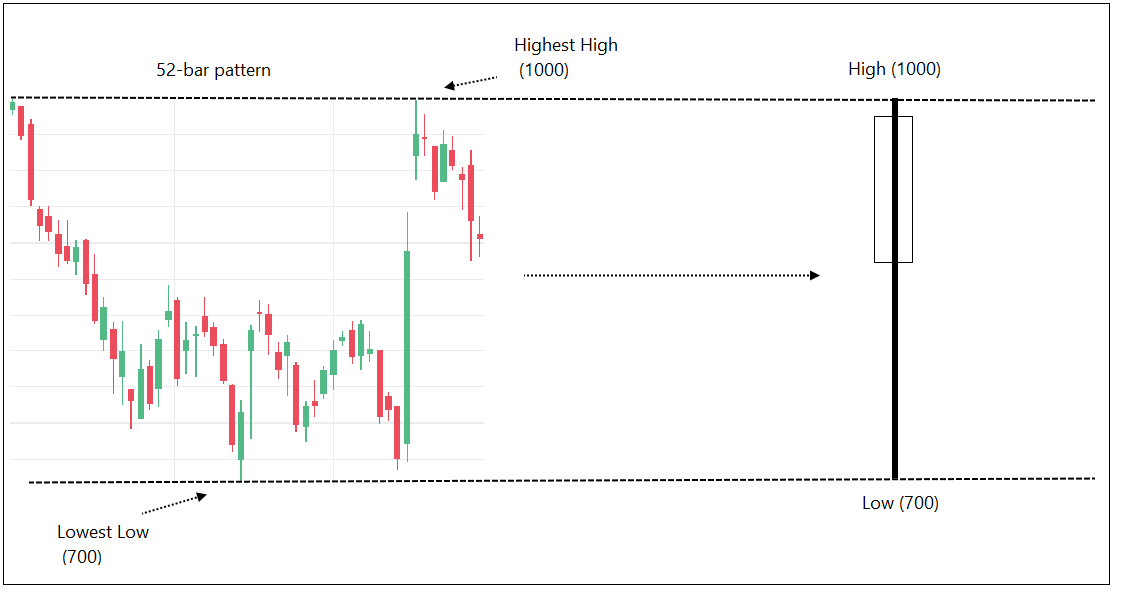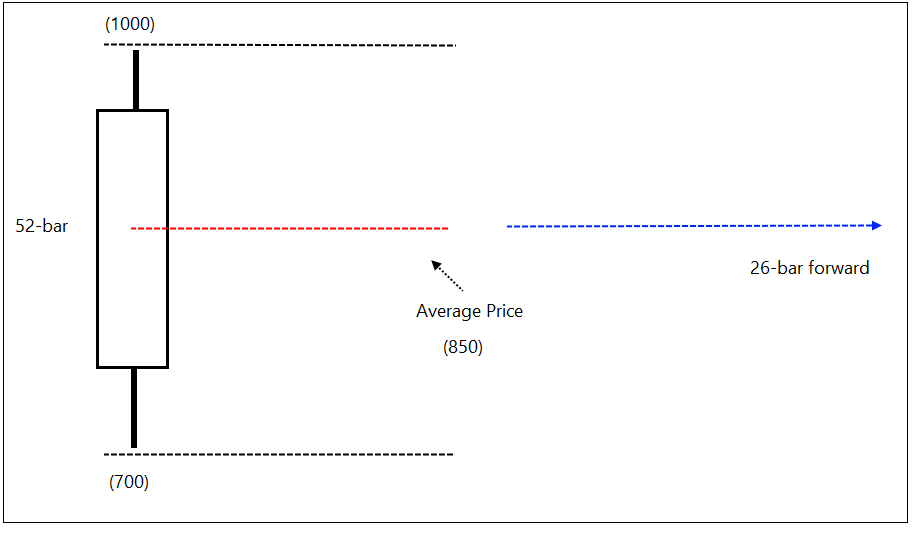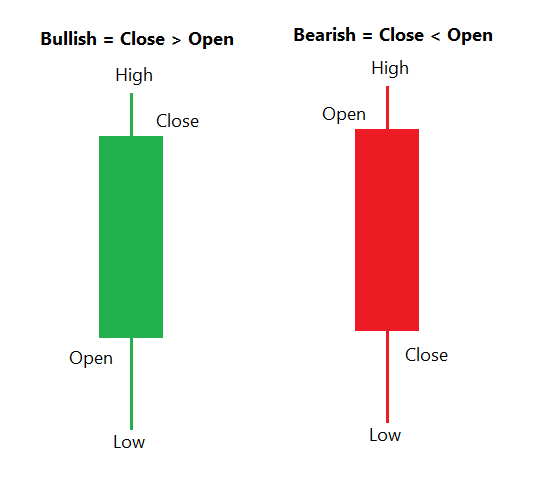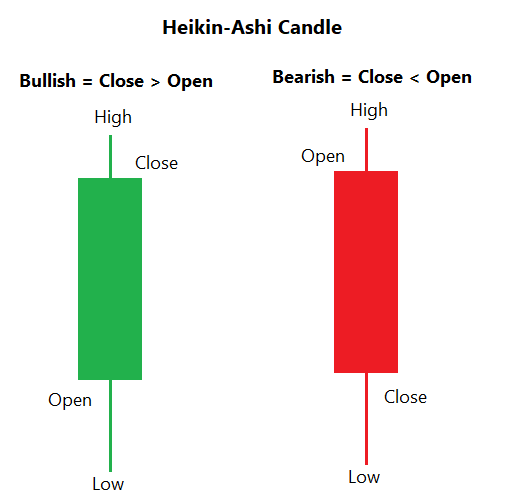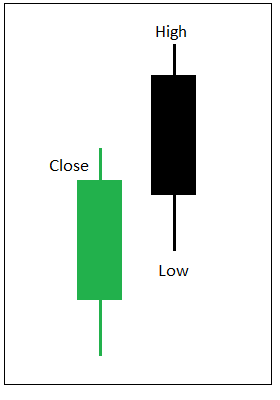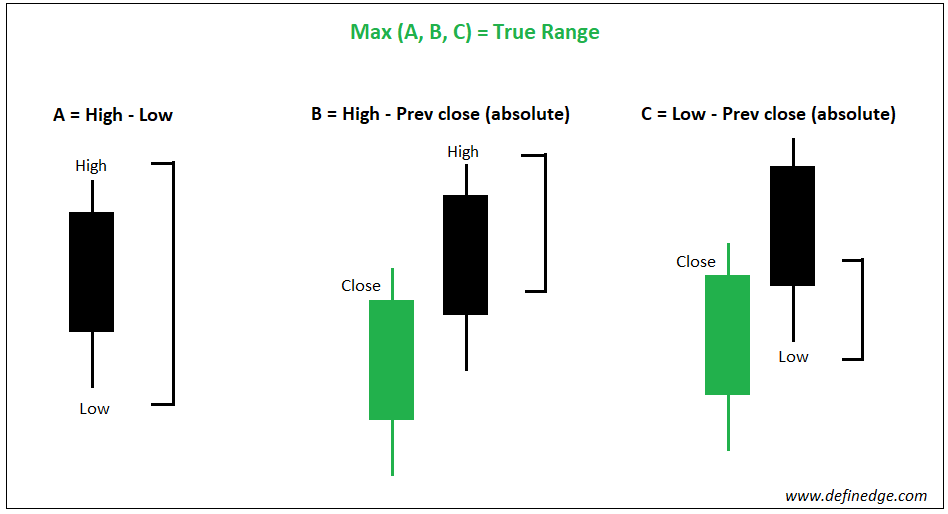But Nifty 50 index consists of 50 stocks. Is this happening because of few heavyweight stocks?
If 25 stocks from the Nifty 50 are trading above 200-DMA, then the reading would be 50%.
Let's look at a bigger universe - Nifty 500
1 – Long-term trend is down across the stocks
2 – It could be around oversold levels
Let us dissect this this data further to gather more intelligence by looking at the picture across various indices and stocks.
For example, if 30% stocks are bullish in a sector & 20% are bullish in Nifty, the net breadth is 10%.
If reading is positive, it suggests outperformance and vice-versa.
Similar study can be done using any other indicator. Moving average is popular indicator. Hence, I took that as an example to explain the concept.
End of Thread.


